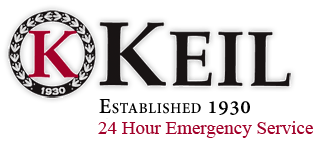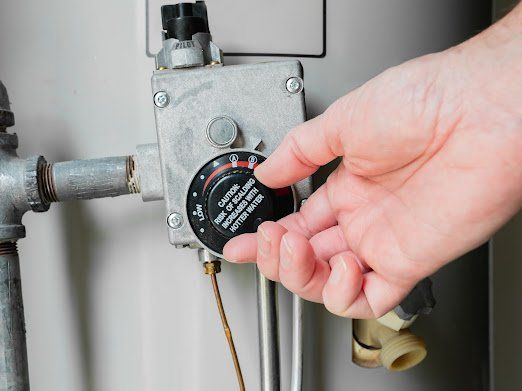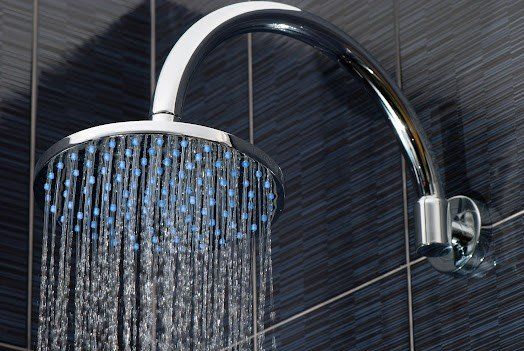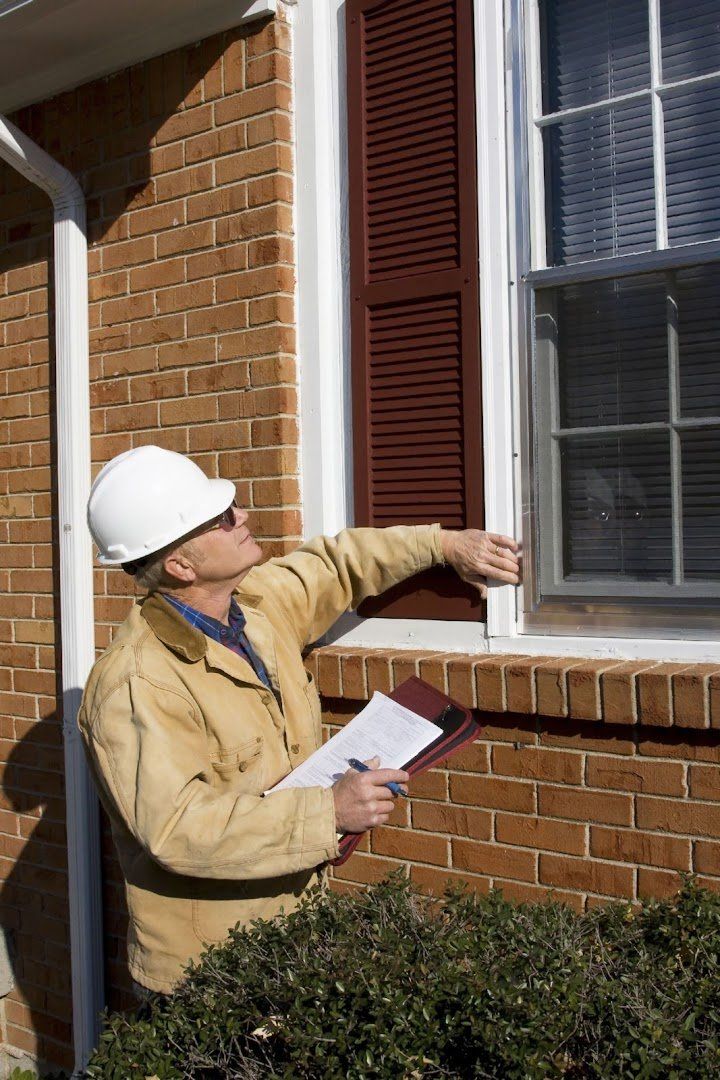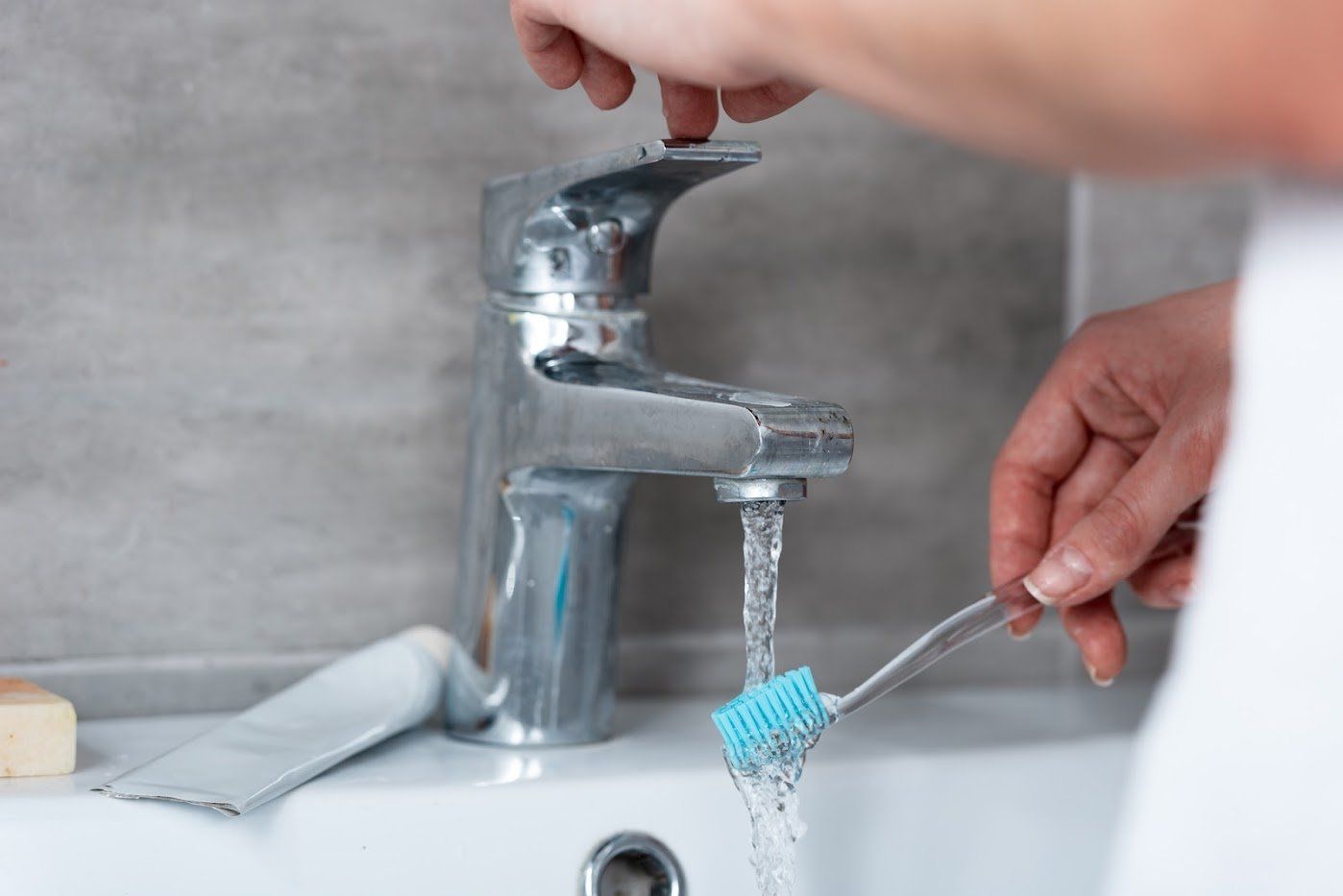Is Your Furnace Failing? 7 Signs It's Time for Replacement
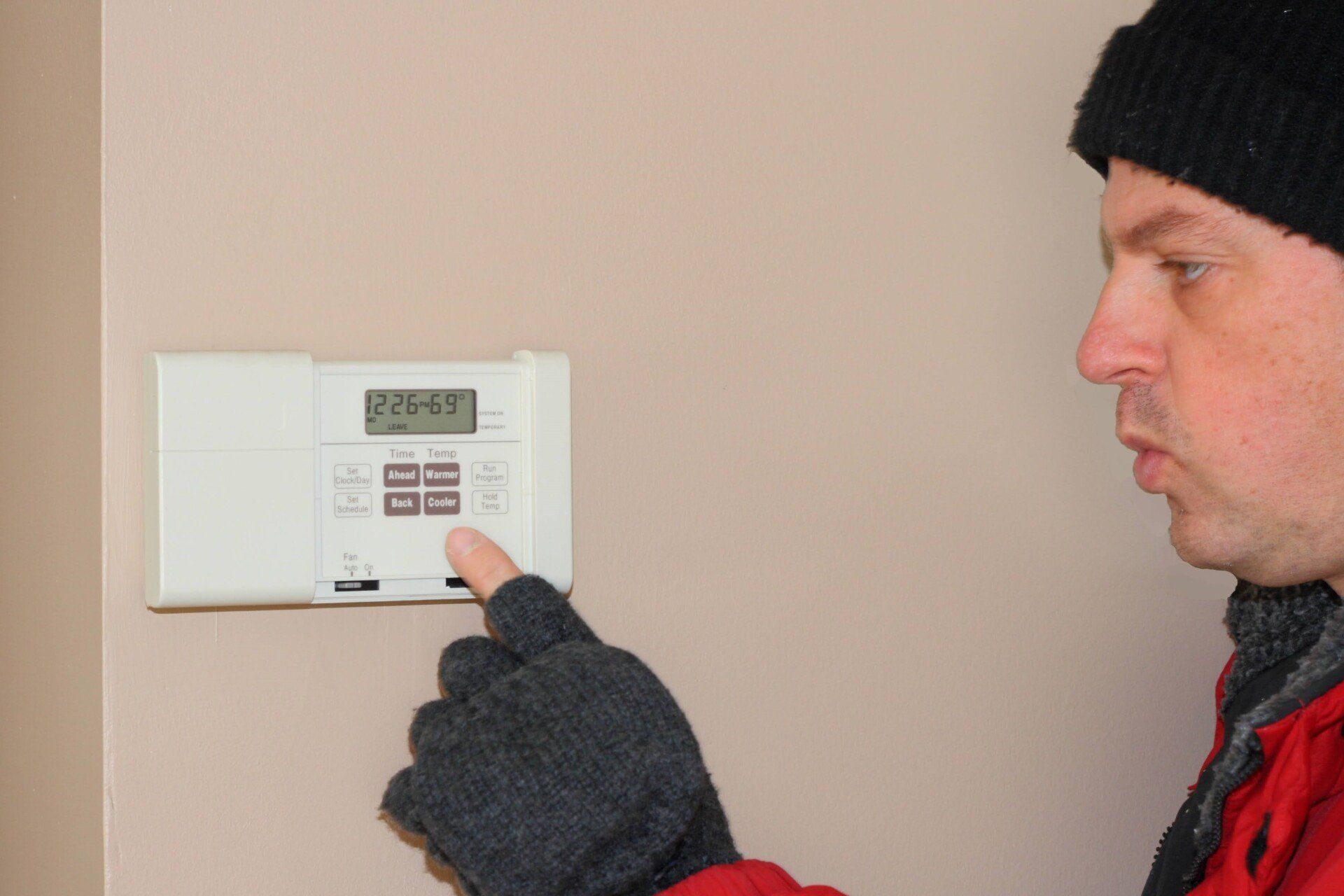
Failing furnaces give out numerous indications of their impending demise, which helps you plan for a replacement. Few things are worse than a malfunctioning furnace in winter, so inspect your heating system regularly for any issues. Discover seven signs that it's time for furnace replacement below.
1. Inconsistent Temperatures
Cold rooms are the most apparent signs of a furnace malfunction. If you have cold and warm spots in the house, your furnace is likely unable to push warm air evenly across the house.
Don't push the heating system into overdrive to reach your desired temperature. Instead, have an HVAC professional inspect the furnace and recommend better heating technology for your home.
2. Unusual Sounds or Smells
Many homeowners avoid the furnace area, but you should check it out regularly to quickly identify unusual sounds and smells. Typically, furnaces make some noise when they run, but shaking, rattling, and banging sounds indicate a problem.
Furnace sounds can arise from many issues, including failing motors, damaged belts, or unsecured ductwork. If an HVAC expert uncovers numerous cracks and leaks during an inspection, consider investing in a new furnace for enhanced performance.
A musty smell is standard when you activate a furnace after a long time. However, watch out for lingering foul odors that signify furnace deterioration.
3. Old Age
Furnaces are reliable systems in the winter, but they don't last forever. If you purchased your home with a furnace, the appliance might have reached the end of its lifespan.
A furnace that has been around for more than 15 years operates at a lower efficiency than before, which means it struggles to heat your house. While you can't predict the system's expiration date, be more careful when the furnace crosses the 15-year mark. Note that many furnaces last well beyond 20 years with proper maintenance.
If you need help determining how long your furnace has been operating, look for the serial number and call the manufacturer. If the model is older than 15 years, look for replacement options before it fails when you need it the most.
4. Rising Energy Expenses
A properly maintained furnace doesn't cause a dramatic increase in energy bills. However, the heating system inevitably breaks down, regardless of the upkeep frequency. A furnace on its last leg operates inefficiently, meaning that it consumes more energy than before; hence the significant increase in utility bills.
Motors, burners, gas valves, and other parts in a failing furnace consume a lot of energy until they finally fail, after which you should install a new furnace. Ask your HVAC provider about energy-efficient furnaces that deliver superior performance without a spike in energy expenses.
5. Poor Air Quality
Your furnace should extract dust and other airborne particles from the heated air. Instead, a defective furnace distributes pollutants throughout your home, reducing air quality and causing health problems.
Look for soot or rust around the furnace or registers to determine if the appliance has excess CO2. Poor air quality manifests as irritated throats, dry eyes, and headaches among family members as well as dying plants.
6. Repeated Cycling
A functional furnace cycles on and off during standard operation to reach pre-determined temperatures. If the appliance cycles on and off frequently or runs all the time, it's likely not completing full heating cycles, resulting in uneven heating. The fan motor may be giving out, but you should have an HVAC contractor check the heating system.
7. Frequent Repairs
A furnace breaks down constantly in its twilight years, leaving you with high repair costs. HVAC experts recommend furnace replacement if the repair costs are 50% or more of the expense of a new furnace. Also, consider a replacement if you have made two or more service calls in a year. Repairs on an old furnace are only a band-aid, as you’ll have to replace the furnace sooner or later.
Do you need a new furnace installation? Contact us today at Keil Plumbing & Heating, Inc., for comprehensive furnace services.

